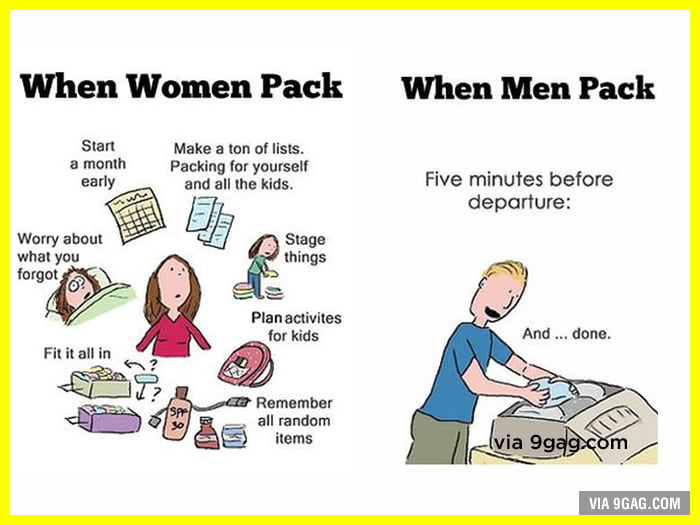Knowledge is useless, the problem is that knowledge is not understanding. Storytelling is a great tool to shift knowledge in to understanding. In this blog I share how despite having access to so much knowledge we are unable to retain women in workforce.
Knowledge is something that you accumulate through learning. Understanding is something that you know because you have lived through it, direct experience gives you an understanding. And we can’t expect men to have direct experiences of being women. It is not possible. But that doesn’t mean we can’t do anything to bridge that gap –– that’s where stories come in.
When men in leadership positions with right intentions promote a woman, they have the knowledge but not the understanding of the havoc that accompanies this promotion..
Let’s take a simple example of going on a business trip to help you understand the point I am making. When my husband leaves for a business trip, he can quickly pack ,it’s not a big deal. However, I am often flustered and take much longer to pack. I found this problem so much of an issue that I even looked online to see if someone else had written about it or if I was just inefficient. I found this image online which told the entire story.
Even though this situation is taking place at home, let us not forget, I am headed on a business trip. If I’m stressed at home immediately before the trip, that undoubtedly impacts my performance on the trip. What happens at home has direct implications on what happens at work.
But, I can’t possibly expect men to understand this, it is not their experience. In 2008, when my manager asked me to go to Sydney for a project, in his view he was giving me exposure and it was a way for him to give me equal opportunity. But how does one even begin to explain what happens behind the scenes?
We’re stuck in this situation where most leadership roles in a corporate setting have men in them, they have the knowledge about why women should get into leadership roles. The strongest reason in their box of knowledge is that gender diversity leads to innovation and there aren’t many companies who are not looking for innovation right now. So, with right intent and knowledge they do great things to bring gender equality in workplace but that is exactly where they are ill advised, they can’t just give women what they would give men –– promotions, opportunities, responsibilities –– because they need to have a better understanding of the fact that what it takes a man to be successful is very different from what it takes a woman to be successful.
Stories are effective because they make people understand the issue at hand, rather than simply giving them a base of knowledge about the lack of gender diversity.
But we rarely use a storytelling approach to make people understand the problem . Instead, we do surveys, focus groups, and “what not to do” decks, rather than creating insights around the issue.We know experience is the best way to understand the situation but when we can’t create an experience, we must share an experience in the form of a story.
Hope you found this insight on storytelling helpful and if you did, please share the article and join Storied Book Club by clicking here. If you are already a member of the book club, then Stay Storied!
"I attended your story telling course some time back. And I've enjoyed keeping up my knowledge with your blog. You may not have realised however, that the Whole of Government is implementing Internet Seperation. Hence I'm not able to access the links to read your articles. Could I suggest including a QR code in your emails so that I can use my mobile to scan it and gain immediate access to the article? It would be most helpful"










